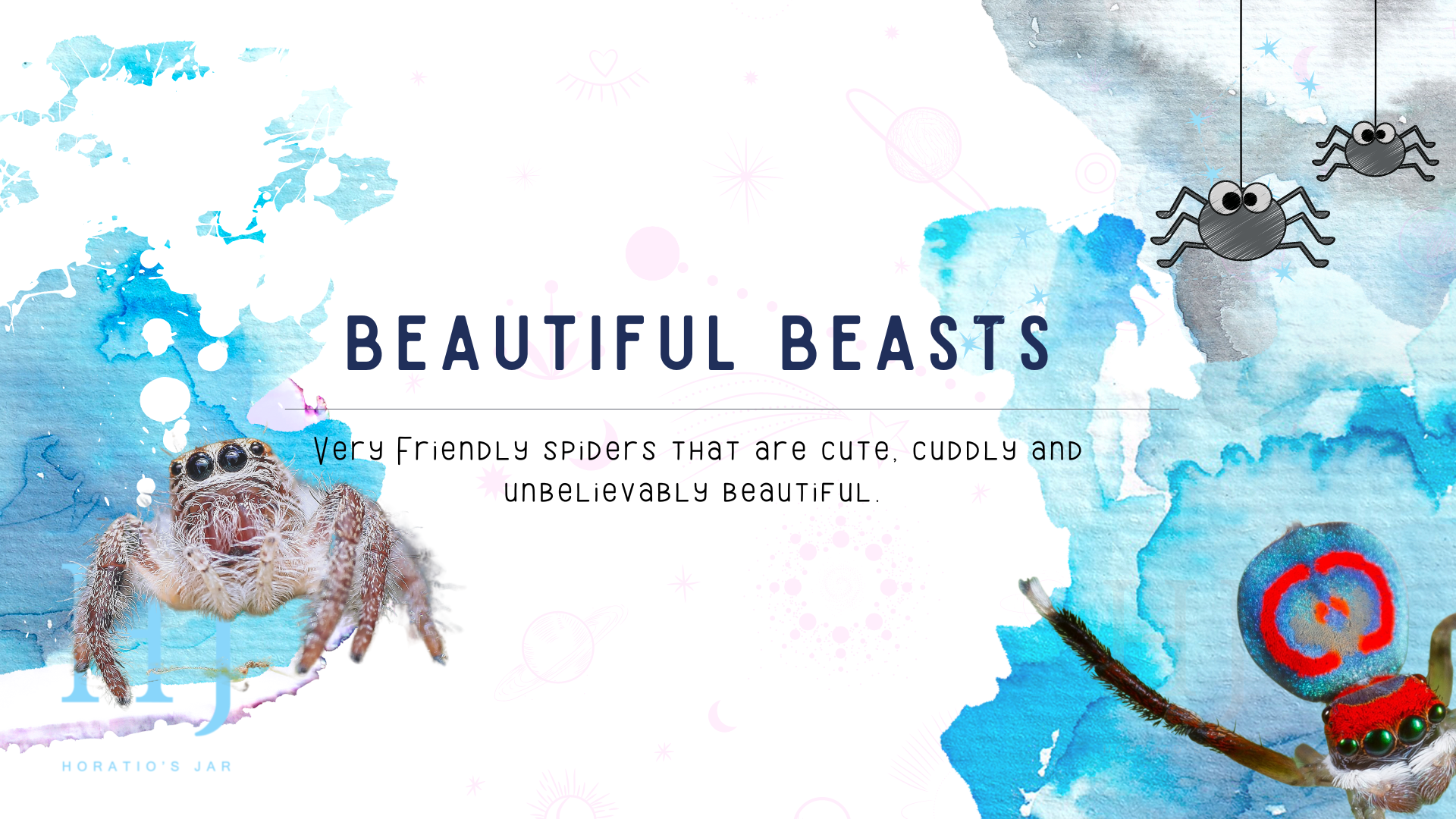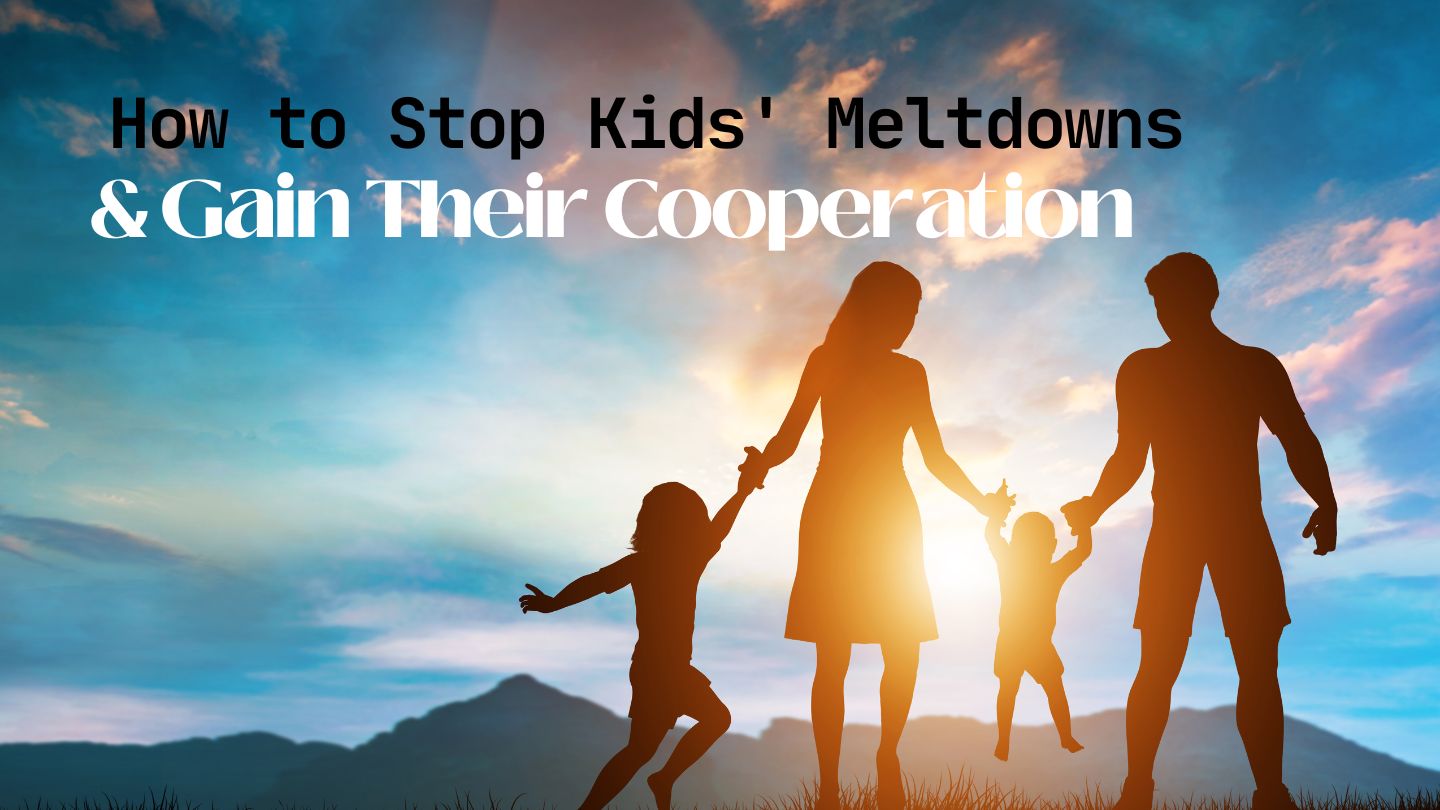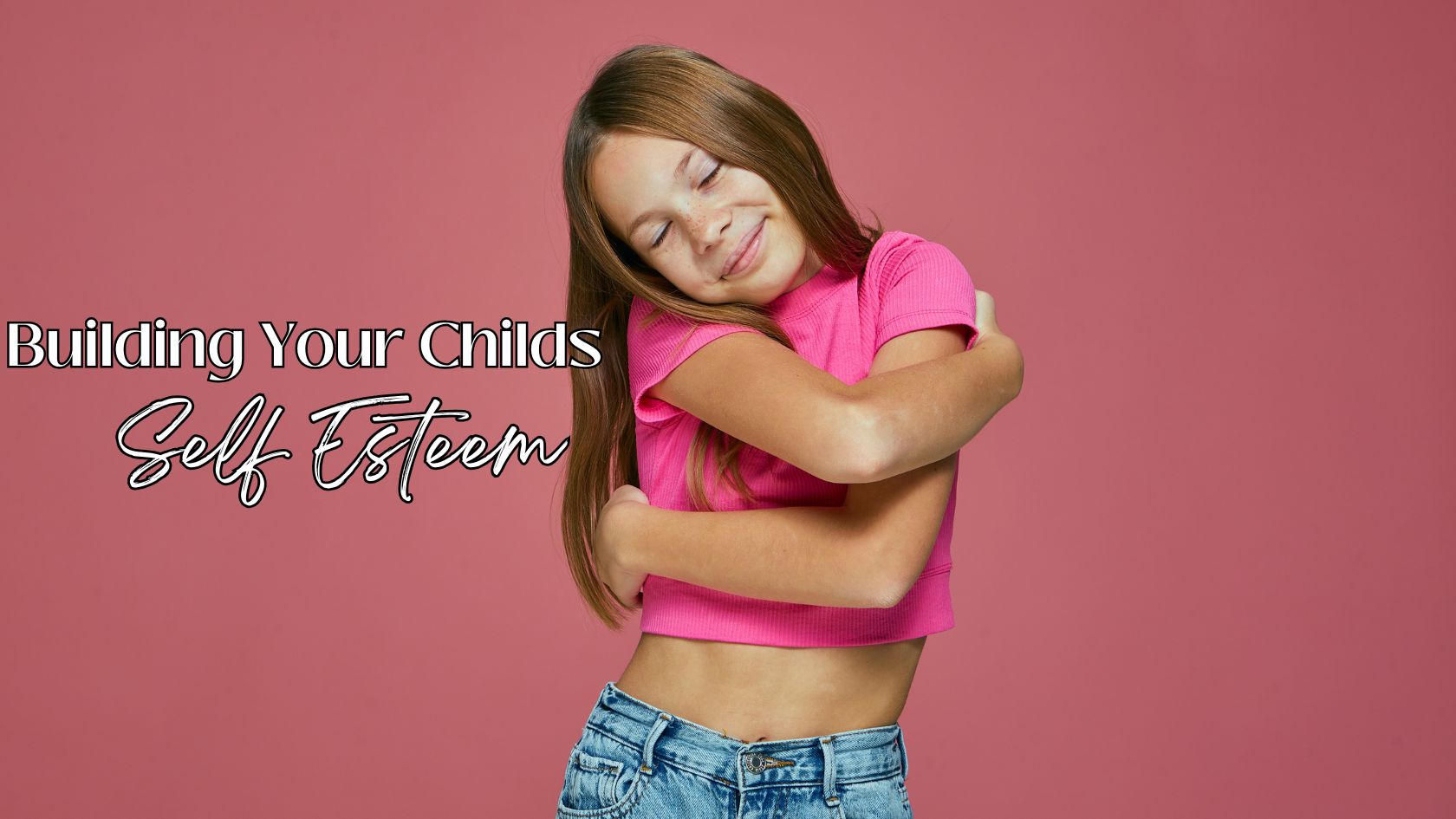Latest From Upschool
- How to Stop Kids’ Meltdowns and Gain Their Cooperation
- Making Big Decisions When You and Your Co-Parent Disagree
- Building Your Child’s Self Esteem
- Separation Anxiety & Starting School
- Why Parents Should Listen to Kids
- How To Raise Emotionally Intelligent Children
- How to Combat End of Year Fatigue
- Navigating Technology and Kids: A Guide for Parents
-
-
No videos yet!
Click on "Watch later" to put videos here
- View all videos
-
-
-
Don't miss new videos
Sign in to see updates from your favourite channels
-

Beautiful Beats - The Maratus Jumping Spiders
They are cute, furry, and colourful; they dance, have huge glittery eyes and don't want to bite you - and they don't build webs; what's not to love?
For some, the thought that a spider could be cute, cuddly, loveable and gorgeous to look at seems absurd. But think again. Inhabiting the micro-world of our gardens, pastures and forest floors are the worlds most beautiful spiders. Found only in Australia and only very recently popularised by the efforts of Joseph Schubert and Jürgen Otto, our peacock spiders almost outshine the birds of paradise.
Curious to look at and vastly more entertaining than a bird with feathers, the tiny little spiders, no larger than a grain of rice, have massive dance moves and a lot of swaggers and could entirely change how you feel about spiders forever.



From 2011 there were only around eight species of peacock spider identified in the 'Land Down Under', but as of recently thanks to spider enthusiasts and scientists with a deep passion for our dancing spider friends, we are now at 86.
The first peacock spider to be documented was in 1874 by Pickard -Cambridge, a zoologist with a particular interest in arachnids and insects. Since then, there was not too much fuss until a man named Jürgen Otto started filming these little gems and posting the videos on the internet. From 2011 - until now there have been a confirmed 75 new species identified, and it's primarily because of him.
Joseph Schubert recently added to the catalogue of the species by revealing seven new finds which are published in an article on the ABC News website. Mr Schubert says, "peacock spiders are like tiny, little, colourful kittens".
https://www.abc.net.au/news/2020-04-02/seven-new-species-of-peacock-spider-discovered/12110306
 Guest Contributor: Emily Rack
Business Name: Horatio’s Jar
Emily Rack is a freelance creative writer, researcher, multi-disciplinary artist, designer and digital producer. Approaching life with a philosophical perspective, Emily helps others find meaning and reason in their lives and the creative projects they pursue.
She has dedicated her life to researching and understanding matters of the mind, body-, and the human experience and she shares her skills through mindfulness and wellbeing classes and events.
Her discoveries and research focus on cultivating tools and dialogue that encourage us to live in peace and harmony.
Her current focus is the environment and human connectivity, conservation, environmentalism, botany, biology-, and the practice of ‘Nature Bathing’. Emily is a writer, digital content creator, seasoned photographer-, and visual artist.
——-
PUBLISHER’S DISCLAIMER: The publisher of this blog post (Digital Schools PTY LTD) works in partnership with the school as a 3rd party provider to help build and maintain the school website. Digital Schools sources a range of experts who provide products and/or services to educational institutions and we work with them to produce and publish topical information in the form of blog posts that we think may be relevant, interesting or topical to families within the community. The views, opinions and content listed in this blog post are that of the guest contributor and/or publisher (Digital Schools). It should be noted that whilst the publisher and guest contributors are acting with the best intentions and in the best interests of the school and their community to provide helpful or interesting information, sometimes the content may not necessarily reflect the views of the school.
The information in this blog post is not meant to be used, nor should it be used, to diagnose or treat any medical condition. For diagnosis or treatment of any medical problem, consult your own physician. The school and the publisher of this blog post are not responsible for any person reading or following the information in this article who may experience adverse effects.
Any references to external websites or sources are provided for informational purposes only and do not constitute an endorsement by the school or publisher in any way and the publisher and/or school cannot guarantee the accuracy of the information listed.
If you have feedback on any content on this platform, you can submit it to the publisher using the feedback link provided at the bottom of this page.
Guest Contributor: Emily Rack
Business Name: Horatio’s Jar
Emily Rack is a freelance creative writer, researcher, multi-disciplinary artist, designer and digital producer. Approaching life with a philosophical perspective, Emily helps others find meaning and reason in their lives and the creative projects they pursue.
She has dedicated her life to researching and understanding matters of the mind, body-, and the human experience and she shares her skills through mindfulness and wellbeing classes and events.
Her discoveries and research focus on cultivating tools and dialogue that encourage us to live in peace and harmony.
Her current focus is the environment and human connectivity, conservation, environmentalism, botany, biology-, and the practice of ‘Nature Bathing’. Emily is a writer, digital content creator, seasoned photographer-, and visual artist.
——-
PUBLISHER’S DISCLAIMER: The publisher of this blog post (Digital Schools PTY LTD) works in partnership with the school as a 3rd party provider to help build and maintain the school website. Digital Schools sources a range of experts who provide products and/or services to educational institutions and we work with them to produce and publish topical information in the form of blog posts that we think may be relevant, interesting or topical to families within the community. The views, opinions and content listed in this blog post are that of the guest contributor and/or publisher (Digital Schools). It should be noted that whilst the publisher and guest contributors are acting with the best intentions and in the best interests of the school and their community to provide helpful or interesting information, sometimes the content may not necessarily reflect the views of the school.
The information in this blog post is not meant to be used, nor should it be used, to diagnose or treat any medical condition. For diagnosis or treatment of any medical problem, consult your own physician. The school and the publisher of this blog post are not responsible for any person reading or following the information in this article who may experience adverse effects.
Any references to external websites or sources are provided for informational purposes only and do not constitute an endorsement by the school or publisher in any way and the publisher and/or school cannot guarantee the accuracy of the information listed.
If you have feedback on any content on this platform, you can submit it to the publisher using the feedback link provided at the bottom of this page.



